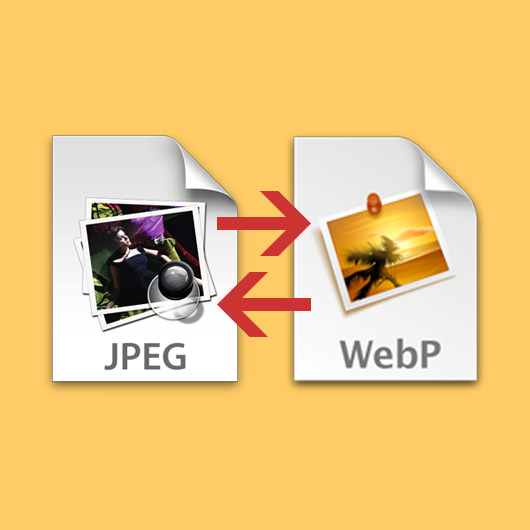Get quality images uploaded to the net. Learn more on the “Top 2 Ways To Convert Image To WEBP Aside Online.”
In the digital world, picture-to-WEBP conversion is becoming more and more important, especially with the growth of web-based applications and the requirement for optimum image delivery.
The Google-developed WEBP format is an appealing option for lowering file sizes without sacrificing image quality because it has better compression efficiency and supports both lossy and lossless compression.
An essential part of this conversion process is made possible by image-to-WEBP converters, which let users convert photos from other formats into WEBP format. We’ll go over the importance of image-to-WEBP conversion, its uses, and the different tools that may be used to do it in this introduction.
Learn more on the “Top 2 Ways To Convert Image To WEBP Aside Online.”
Convert Image To WEBP
Top 2 Ways To Convert Image To WEBP Aside Online
Desktop Programs
Desktop picture-to-Compared to online solutions, WEBP converters provide a more complete feature set and more control over the conversion process. These programs can be installed locally on users’ computers and accessed offline, which makes them perfect for users who need to convert data often or in bulk without internet connection.
One of the most potent desktop programs for converting and manipulating images is Adobe Photoshop. Photoshop’s vast features and powerful tool set enable users to convert photos to WEBP format while maintaining complete control over transparency, color profiles, and compression settings. Before converting, users can also add different filters, edits, and enhancements to their photographs to guarantee the best possible results for use on the web or in print. Learn more on the “Top 2 Ways To Convert Image To WEBP Aside Online.”
Another well-liked free and open-source Photoshop substitute is GIMP (GNU Image Manipulation Program), which provides comparable features for image editing and conversion. Batch processing, layer management, and a multitude of file formats—including WEBP—are all supported by GIMP. The extensive collection of tools and plugins available in GIMP allow users to tailor their conversion process and get the desired outcomes.
A desktop program that is both lightweight and strong, XnConvert was created especially for batch picture conversion and processing. XnConvert’s user-friendly interface and wide range of supported formats, including WEBP, allow users to swiftly and effectively handle enormous amounts of photos. Before completing the conversion process, users can build conversion presets, apply filters and effects, and preview the final product.
All things considered, desktop image-to-WEBP converters are flexible and feature-rich, which makes them ideal for demanding workflows and professional users. However, depending on the software, they may need a certain amount of technical ability to use properly and frequently have a price tag or membership cost.
Learn more on the “Top 2 Ways To Convert Image To WEBP Aside Online.”
Utilizing Command-Line Resources
Advanced users, developers, and system administrators choose command-line image-to-WEBP converters due to their effectiveness, automation potential, and compatibility with scripting languages and processes. For bulk image conversion jobs, these solutions offer a scalable and lightweight solution, particularly in server environments or automated workflows.
A command-line utility called cwebp is included in the Google WebP package and can be used to convert photos to the WEBP format. Users can select different parameters, like the output file path, quality, and compression method, while executing cwebp from the command prompt or terminal. Because it can accept input formats including JPEG, PNG, and TIFF, cwebp is adaptable to a variety of scenarios. Learn more on the “Top 2 Ways To Convert Image To WEBP Aside Online.”
An image can be converted to WEBP and other formats using the command-line interface provided by the well-known open-source image editing tool ImageMagick. ImageMagick’s wide range of features and batch processing capability make it simple for users to handle challenging image manipulation tasks. With shell scripts or programming languages like Python, users can design unique conversion scripts, apply filters and transformations, and automate the entire process.
To sum up, command-line image-to-WEBP converters are perfect for advanced users and developers since they offer flexibility, scalability, and automation possibilities. To use them successfully, though, they could have a higher learning curve and need to be conversant with command-line interfaces and scripting languages.
Learn more on the “Top 2 Ways To Convert Image To WEBP Aside Online.”
Overall Discussion
In order to optimize digital content for web transmission, minimize file sizes, and improve performance without compromising image quality, image-to-WEBP converters are essential. There are several solutions available to fit your unique needs and interests, whether you choose desktop software for sophisticated capabilities, automation using command-line tools, or internet tools for convenience.
Users may select the ideal solution for their image conversion operations and realize the full potential of the WEBP format in their digital projects by being aware of the many types of converters and their corresponding functionalities.
An essential step in streamlining efficiency, cutting down on bandwidth use, and optimizing digital images for web transmission is image-to-WEBP conversion. The Google-developed WEBP format is perfect for a range of web-based applications because it supports transparency, has sophisticated compression methods, and can animate. Image-to-WEBP converters are available in several formats, including as desktop applications, internet tools, and command-line utilities. Each type of converter has special features and functionalities to meet the needs of various users.
There are several options available to pick from, whether you’re seeking for automated capabilities, advanced features, or convenience. Through an understanding of the importance of converting images to WEBP format and investigating the various tools that are accessible, users can efficiently utilize the advantages of the WEBP format in their digital projects.
Learn more on the “Top 2 Ways To Convert Image To WEBP Aside Online.”
